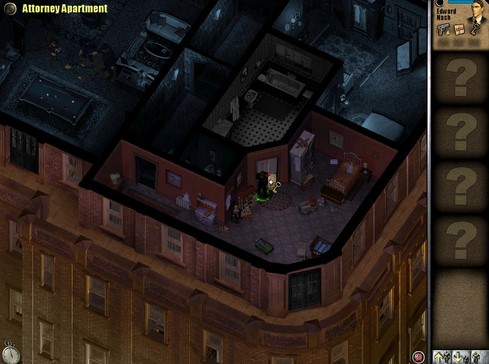


Gere is also very good (his tap dance number is truly impressive), and John C.

Catherine Zeta-Jones richly earned her Oscar as Velma Kelly - vocally, choreographically, and in the acting department. The performances are, for the most part, up to the task. It's a jarring moment, but a responsible (and some may say necessary) one. Reilly, as Roxie's schlepp of a husband), "I Can't Do It Alone" and "Razzle Dazzle." Marshall also allows a dose of sanity to slip into the proceedings with a non-musical number, in which a seemingly wrongfully convicted woman is put to death - the scene slams the brakes for a moment, lest we be completely seduced by the glitter or Roxie's perspective, and lose our own rational perspective on right, wrong and justice. Cellophane" (beautifully performed by John C. The two aforementioned numbers are excellent examples of this choreographic technique, as well as "All That Jazz" (intercutting between a vaudeville dance act and two plot threads), "Mr. Rather than merely revive Fosse's choreography from the 1975 production, he seems inspired by it to create new choreography that plays off the editing for maximum effect.

In choreographing these numbers, Marshall has also done an impressive job. Likewise, "They Both Reached for the Gun," played as a ventiloquist act in which her mouthpiece Billy Flynn (Richard Gere) pulls both Roxie's strings and those of the press, and uses Roxie's mind as the filter to point up the ease in which the public can be manipulated. In the film, the number arises from various conversations Roxie has had with other prisoners, focused through her show-biz crazy mind, and puts her own acts in context. Perhaps the best example of this is "Cell Block Tango," which on stage is a stylized number that is removed from the central action of what book there is. In doing so, Marshall has relied upon superb editing and choreography to keep up the pace and continuity (such as it is) of the film. In effect, what Marshall has done is substitute Roxie for the theater's live audience and, in the process, made the theatrical touches plausible within the film's context. Conceiving the show as events as seen through Roxie Hart's (Renee Zellweger) imagination, the dance numbers become believable because she truly sees all the world as a stage. Prior to this film, I'd have thought that you'd also have to look elsewhere to find good material for a film. If you like revues with great choreography, the show worked fine if you were looking for an actual "musical", you were better advised to look elsewhere.
#CHICAGO TORRENT DOWNLOAD SERIES#
Bob Fosse (with help from John Kander and Fred Ebb) designed the show as a series of vaudeville skits tied together by the flimsiest of books. To tell the truth, I've never been much of a fan of the stage show. Rob Marshall's "Chicago" provides the exception to this rule. By contrast, film creates an illusion of reality that makes such theatrical devices look phony. Live theater relies upon some level of interaction with the audience (as well as some degree of spontaneity), creating an artificial atmosphere that gives a director freedom to use staging and theatrical devices that can make the most of such interaction. Ninety-nine times out of a hundred, Broadway musicals which are heavy on concept translate poorly to film. Reviewed by chrstphrtully 9 / 10 Superb Direction and Editing Brings Chicago to Life


 0 kommentar(er)
0 kommentar(er)
